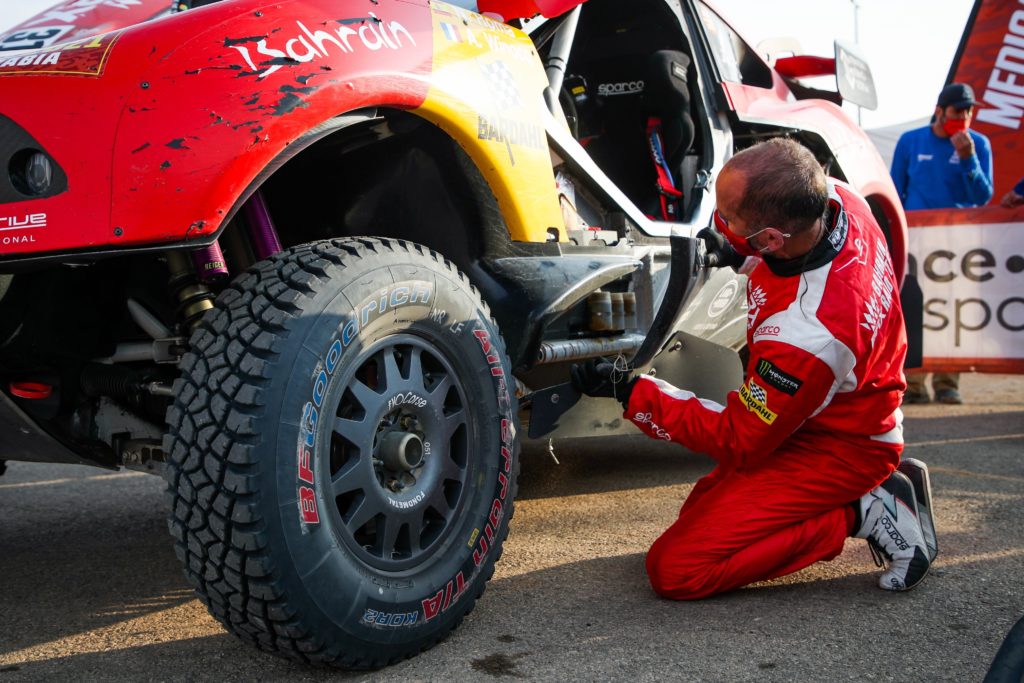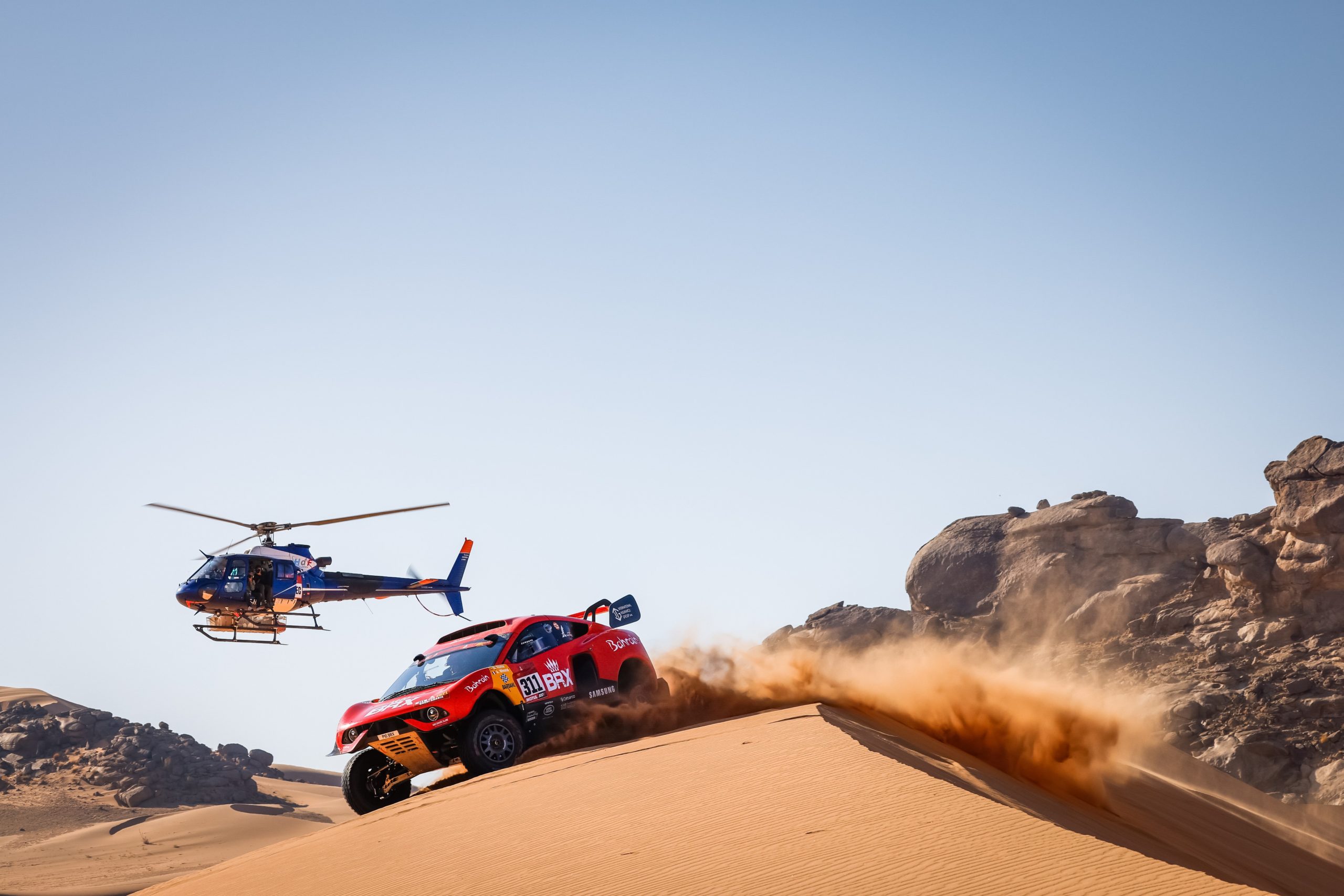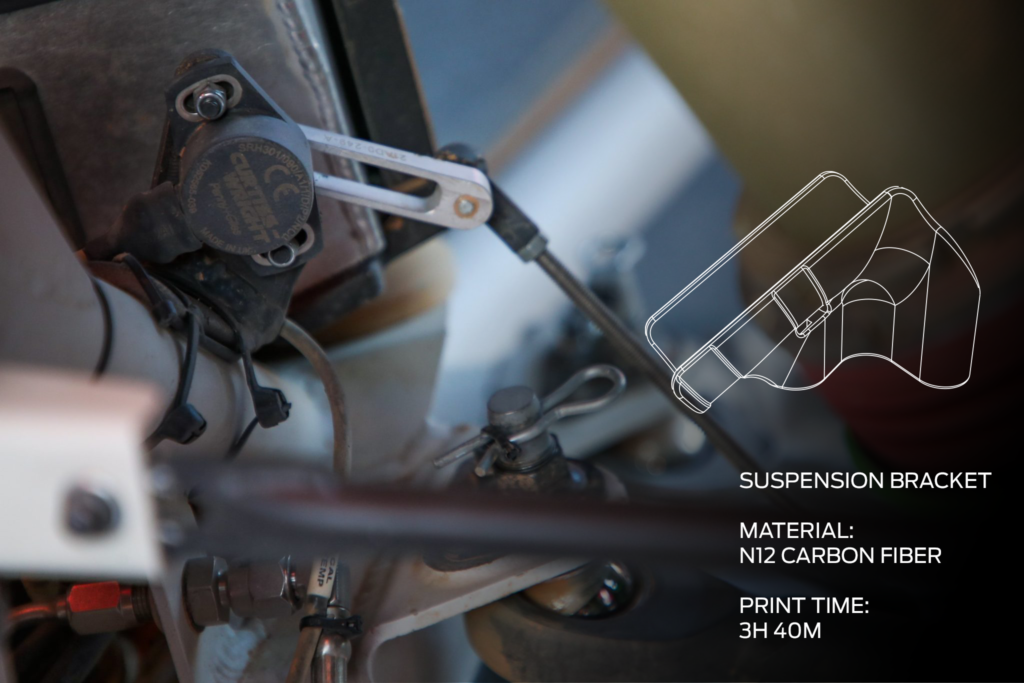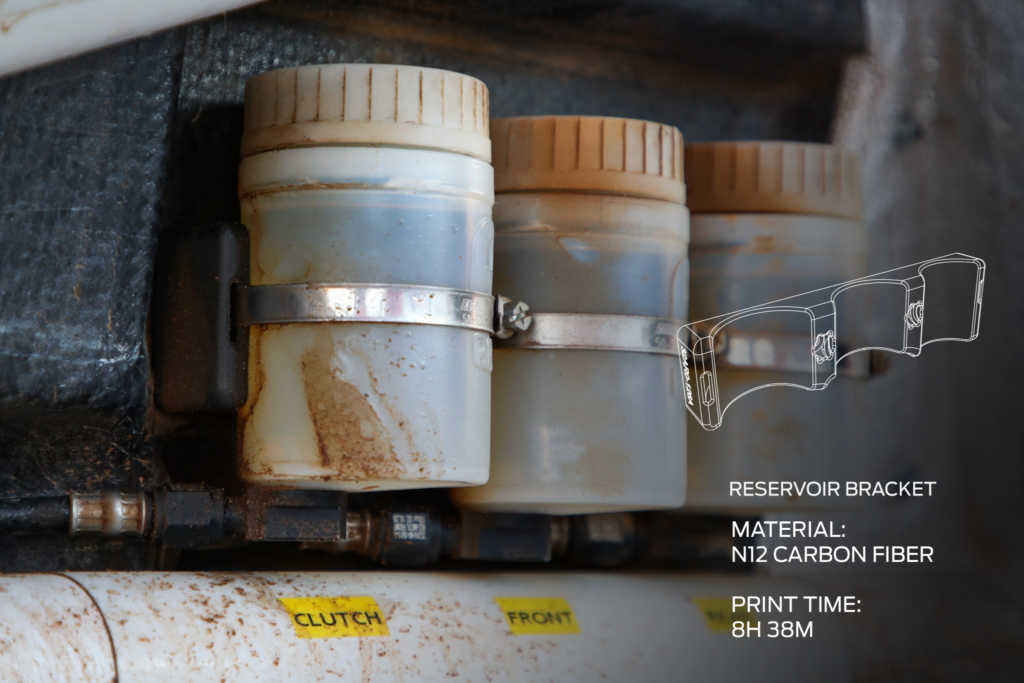The 43rd edition of the famous Dakar rally is over but 3D printing seems to have played a crucial role in the participation of more than one company.
After the driver Romain Dumas who competed with a buggy DXX car powered by metal 3D printed parts, we have been informed that over 30 car parts were produced for the Prodrive-run Bahrain Raid Xtreme team. The technology behind it? The combination of the solid FDM-based METHOD X 3D printer and nylon carbon fiber.
Prodrive brings to the table a long experience in motorsports, competing and winning its first event, the Qatar International Rally, in 1984. Since then, the racing team has cumulated a multitude of titles across a wide range of motorsport disciplines.
For this 43rd edition of the Dakar Rally, the team partnered with the Kingdom of Bahrain and bot competed under the team Bahrain Raid Xtreme (BRX), with a car that has a provocative name for the other competitors: the Hunter T1.
The team started to prepare for the event very late in 2019, together with 9x World Rally champion Sébastien Loeb, and 25x Dakar Rally star Nani Roma.
“We often put ourselves in tough positions, time-wise. But COVID-19 really threw a wrench in our already-tight timeline,” said Paul Doe, chief engineer at Prodrive. “In the UK, there was a lockdown that effectively forced us to close the factory for a while. Development that should have taken about a year was compressed into nine months. Instead of testing in July, we didn’t end up turning a wheel on a car until October 2020.”
A first race against time
To win this fight against time, the BRX team included 40 people in the project, from design, engineering, service to operation. With in-house manufacturing, fabricating, and machining capabilities, the resources were not enough to save time and meet their production needs until they followed the advice from DSM to install a MakerBot Method X 3D printer alongside other technologies.
“When it came to designing parts on the car, the first thought often starts with printing a part off the 3D printer to see how it would turn out. The ability to try the part first before committing to the final product allows us to make changes easily and quickly. This rapid iteration also allows us to stay pretty close to our production timeline, while also saving us a ton of money,” Doe noted.
“We carried this machine with us in the truck and printed remotely in the middle of nowhere; literally where you can’t see traces of civilization, yet here we are using this kind of machine with that industrial 3D printing technology. We took advantage of the speed of 3D printing parts in the middle of our test program,” said Doe.
At the end of the journey, with two METHOD X 3D printers by their side, they printed over 30 parts on the Hunter T1, including a mount for a suspension position sensor and a sculpted nozzle mount for the cockpit’s fire suppression system.
MakerBot explained that the suspension position sensor was important to assess and monitor the damper performance, vehicle dynamics, wheel alignment, drive shaft, and more. It generates data and relays information back to the team for better analysis, which can then be used to improve vehicle performance.
They would have only required one and a half hours to get the suspension mount just right, this taking into account prototyping, making updates & improvements to the design, as well as production.
“The materials we used on METHOD X, particularly the nylon carbon fiber, exhibited higher performance than what we had experienced in past years. There are quite a bit of parts in the car, such as the engine bays and wheel side near the brakes, where the environments reach up to 120°C and where traditional FDM materials start to struggle, forcing us to revert to aluminum which is costly. In this case, we were able to print parts in nylon carbon fiber which is able to reach very high temperatures. The carbon print heads on METHOD X really opened up access to a lot of new applications for us. With the density of the materials we used being so low in comparison to traditional aluminum or steel fabrications, we were able to make parts that were much lighter than what a typical part would have been. And it allowed us unlimited freedom to effectively test our parts”, Doe outlines.

“With the METHOD X 3D printers nearby and a digital inventory of parts and tools, we’re able to print on-demand and work more agilely and efficiently. We have very ambitious plans to increase the number of vehicles on our roadmap in the coming years. As we continue to scale up, we may need more than a couple of machines in our collection. The cost is relatively low compared to other kinds of manufacturing processes, but the investment will pay off in the long-run. We have loads of projects coming, so there will be more opportunities to test the METHODs,” He concluded.
Remember, you can post job opportunities in the AM Industry on 3D ADEPT Media free of charge or look for a job via our job board. Make sure to follow us on our social networks and subscribe to our weekly newsletter : Facebook, Twitter, LinkedIn & Instagram ! If you want to be featured in the next issue of our digital magazine or if you hear a story that needs to be heard, make sure to send it to contact@3dadept.com









